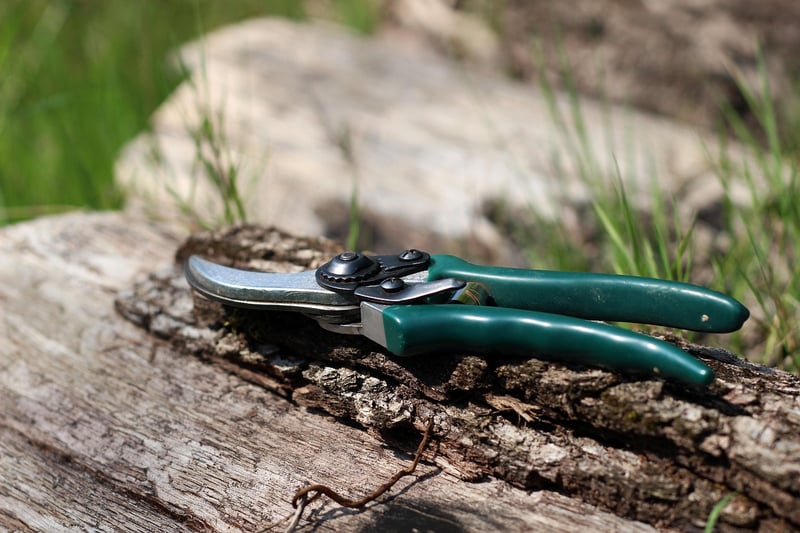Pruning techniques
Keeping Your Plants Healthy: Essential Pruning Techniques
Proper pruning is key to maintaining the health and vitality of your plants. By removing dead or overgrown branches, you not only improve the appearance of your garden but also promote new growth and prevent diseases. Here are some essential pruning techniques to help keep your plants in top condition.
1. Tools of the Trade
Before you start pruning, make sure you have the right tools for the job. Invest in a good pair of sharp pruning shears for smaller branches and a pruning saw for larger ones. Clean your tools regularly to prevent the spread of diseases between plants.
2. Know Your Plants
It's essential to understand the specific needs of each plant before pruning. Some plants, like roses, benefit from regular pruning to encourage flowering, while others, like evergreens, require minimal pruning to maintain their shape.
3. Timing Is Everything
Most plants should be pruned during their dormant season, typically in late winter or early spring. Avoid pruning during the active growing season, as this can stress the plant and inhibit growth.
4. Remove Dead or Diseased Branches
Start by removing any dead, damaged, or diseased branches. This not only improves the plant's appearance but also prevents the spread of pests and diseases.
5. Thinning vs. Heading Back
When pruning, you can choose between thinning cuts and heading back cuts. Thinning cuts remove branches at their point of origin, promoting airflow and light penetration. Heading back cuts trim branches to a specific length, encouraging bushier growth.
6. Prune for Shape and Structure
Consider the overall shape and structure of the plant when pruning. Remove any crossing branches or ones that grow inward to maintain an open, well-ventilated canopy.
7. Don't Overdo It
While pruning is essential, be cautious not to overprune your plants. Removing too much foliage can stress the plant and inhibit its growth. Aim to strike a balance between maintenance and allowing the plant to thrive naturally.
8. Seek Professional Help
If you're unsure about how to prune your plants properly, don't hesitate to seek advice from a professional gardener or arborist. They can provide guidance tailored to your specific plant species and garden layout.
By following these essential pruning techniques, you can help your plants stay healthy, vibrant, and beautiful year-round.

Remember, a well-pruned plant is a happy plant!
